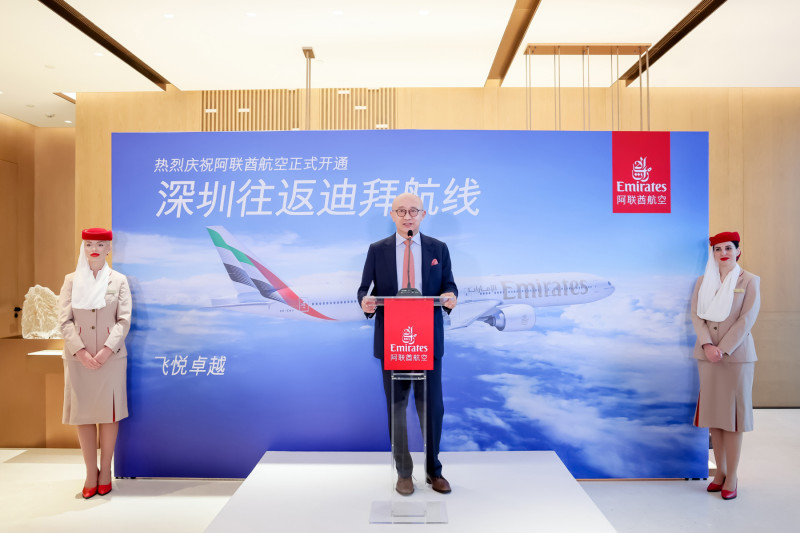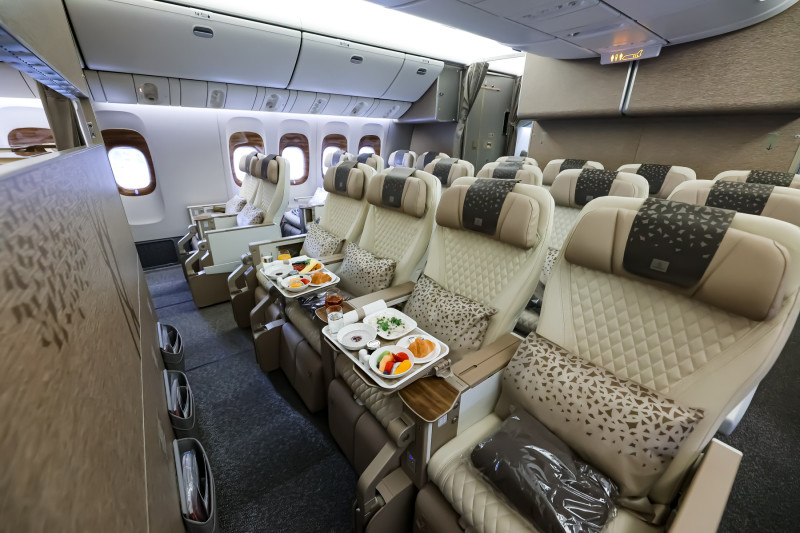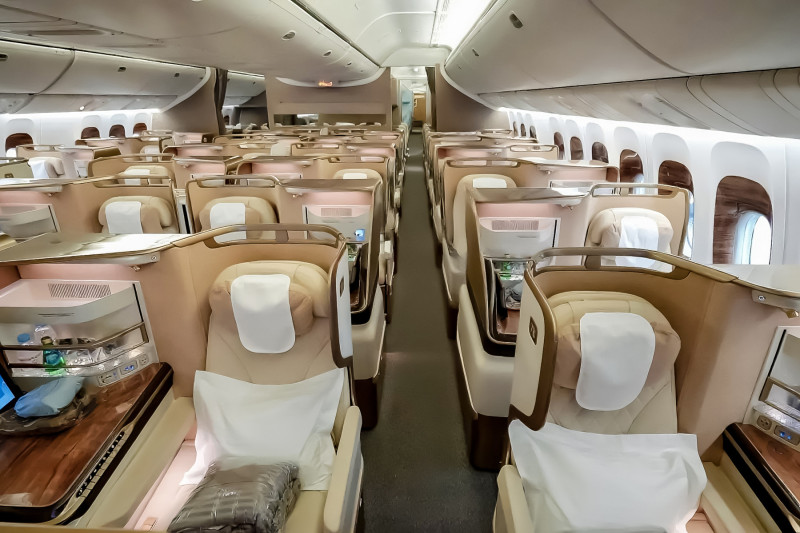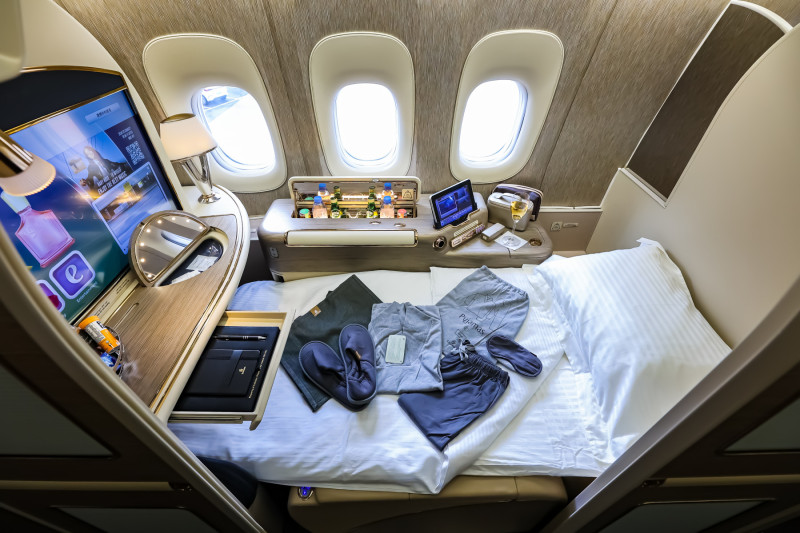
Emirates, the world’s largest international airline, has officially commenced its daily passenger service to Shenzhen, China, marking a significant milestone in the airline’s strategic expansion across East Asia. The inaugural flight, EK328, touched down at Shenzhen Bao’an International Airport on July 1, 2025, where it was welcomed with a traditional water cannon salute and a special ceremony attended by local dignitaries, Emirates executives, and media representatives.

A New Gateway for Emirates in Mainland China
Shenzhen becomes Emirates’ fourth gateway in mainland China, joining Beijing, Shanghai, and Guangzhou. The new route is operated by the airline’s newly retrofitted Boeing 777-300ER, which features Emirates’ latest four-class configuration: eight private suites in First Class, 40 new-generation lie-flat seats in Business Class, 24 seats in Premium Economy, and 260 seats in Economy Class.

Shenzhen is the first city in mainland China to receive Emirates’ upgraded aircraft with the Premium Economy product, reflecting the airline’s commitment to offering a superior travel experience for both business and leisure travelers.
Flight Schedule and Connectivity
Flight EK328 departs Dubai International Airport (DXB) daily at 10:05 am, arriving in Shenzhen (SZX) at 10:00 pm local time. The return flight, EK329, leaves Shenzhen at 11:55 pm, arriving back in Dubai at 3:40 am the next day.

These timings are designed to optimize connections to and from Emirates’ extensive global network, including key cities in Europe, Africa, and the Middle East.
Boosting Trade, Tourism, and Cargo
The launch of the Dubai-Shenzhen route is expected to significantly enhance trade, tourism, and business ties between the UAE and southern China. Shenzhen, often dubbed the “Silicon Valley of China,” is a major technology, innovation, and manufacturing hub within the Guangdong-Hong Kong-Macao Greater Bay Area, home to over 86 million people and a GDP exceeding US$1.9 trillion.

Each Emirates flight to Shenzhen offers up to 16 tonnes of cargo capacity in the bellyhold, supporting the city’s thriving export-oriented industries, including electronics, e-commerce, and high-tech manufacturing. This will facilitate the movement of goods between China and over 140 destinations across Emirates’ network, reinforcing Shenzhen’s role in global supply chains.
Strategic Importance and Bilateral Relations
Adnan Kazim, Deputy President and Chief Commercial Officer of Emirates, highlighted the significance of the new service: “The launch of our Shenzhen route is a testament to Emirates’ long-term commitment to China and to supporting the country’s trade and tourism ambitions. This new link will not only provide travelers with more choice and convenience but will also strengthen the economic and cultural ties between the UAE and China.”

The expansion comes at a time of deepening bilateral relations between China and the UAE, with both countries seeking to enhance cooperation under initiatives such as the Belt and Road. Emirates has been serving China since 2004 and now operates 42 weekly flights to four major Chinese cities, offering travelers and businesses unprecedented connectivity.







.jpg)
.jpeg)

.jpg)


.jpg)
























.jpg)


.jpg)





.jpg)


.jpg)




